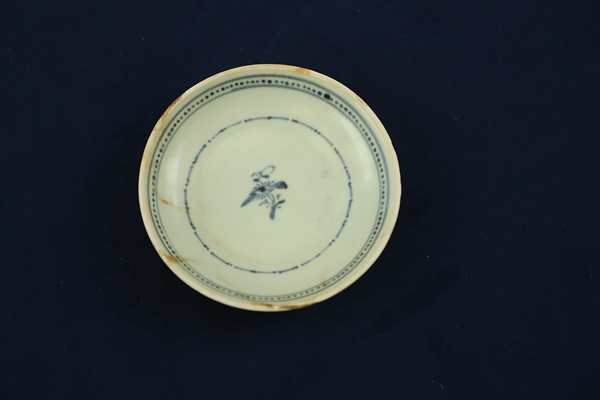 |
|
[Photo by Jiang Dong/China Daily] |
Zheng said he hopes the donation to the national museum will attract more people to participate in the protection, inheritance and innovation of Chinese ceramic culture.
Geng Dongsheng, director of the Ceramics Institute of the Academy of the National Museum of China, says the shipwreck's treasure, with its clear chronology and final resting place are of great significance and value to the study of China's maritime trade in the 19th century and the route of the Maritime Silk Road as well as the porcelain making history of Dehua.
The sintering techniques of Dehua porcelain have been inscribed on the list of China's national intangible cultural heritage.
Archaeological findings show that, with the rise of Quanzhou port in Fujian as the largest port in the East during the Song (960-1279) and Yuan (1271-1368) dynasties, Dehua ceramics became bulk commodities on the ancient Maritime Silk Road.